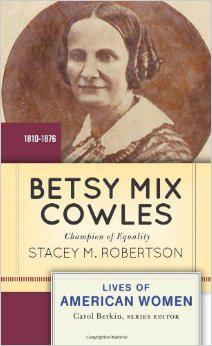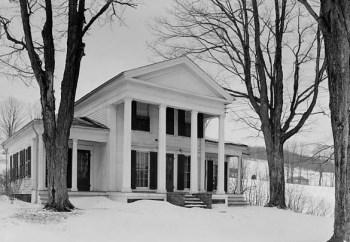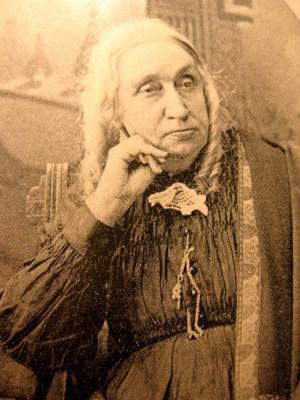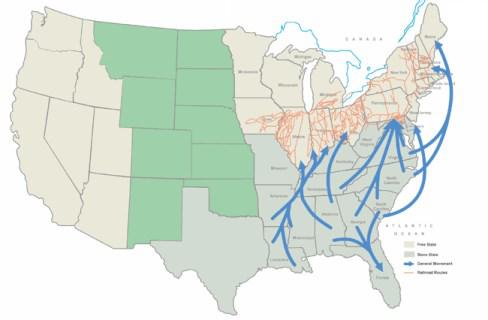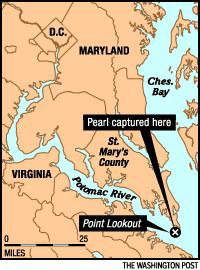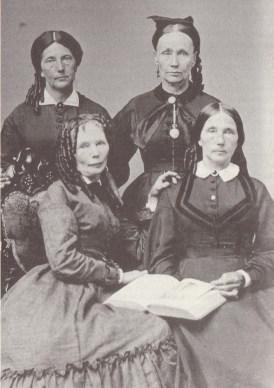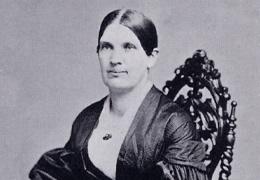Pennsylvania Conductors Led Slaves to Freedom Abolition of slavery was the great moral issue of the nineteenth century, especially after the passage of the Fugitive Slave Law of 1850, which allowed owners to capture their slaves in free northern states and return them to the South. The Underground Railroad (UGRR) was a loose grouping of people who risked home and safety to help runaways escape bondage. The penalties for their actions were severe. If caught, a stationmaster on the UGRR could be jailed and fined $20,000, a huge sum at that time. The Constitution of the United States had a fugitive slave clause that Congress implemented with the first Fugitive Slave Law in 1793, placing a fine on anyone rescuing,…

